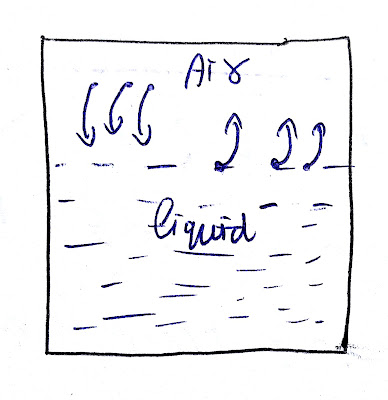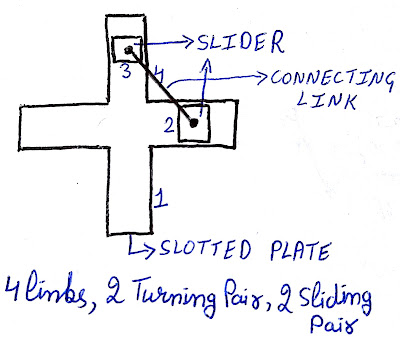Lecture - 10 ( vapour pressure and cavitation )

Vapour pressure (P v ) Let us consider a closed container that is partially filled with liquid. Now what happened is evaporation takes place inside the container. The air above the liquid can absorb the water vapour molecules upto a certain limit and this limit is known as saturation limit. As we saw in surface tension of Lecture - 5 that the molecules present inside the water are under balanced Cohesive forces so they are stable and molecules present on the surface of water are under unbalanced Cohesive forces so they are under unstable conditions. Therefore the molecules on surface of liquid are in highly excited state and by taking energy from molecules below it these molecules will evaporate. The air above the liquid will absorb these molecules only upto saturation. A saturation is such a condition in which the number of molecules evaporating from surface will become equal to the number of molecules rejoining the surface on condensation and such a situation is kn...









